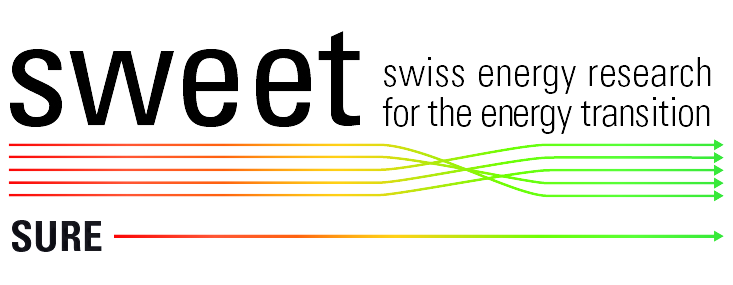The contribution of the industrial sector is essential to realize long-term energy and climate policy goals. The present research paper explores trajectories improving energy efficiency and reaching net-zero emissions in the Swiss pulp and paper industry by 2050. A techno-economic bottom-up cost optimization model is developed based on the Swiss TIMES Energy system Model (STEM) and applied for a scenario analysis. Establishing an advanced modeling methodology including material and product flows in addition to energy flows, allowed us to assess explicit process improvements and the impact of specific innovative production technologies. Furthermore, this paper demonstrates the value of dividing industrial heat demand into different temperature levels which enables a detailed assessment of high-temperature heat pumps and waste heat recovery as important decarbonization options in industry. The results of the scenario analysis performed with this advanced model show that an energy reduction of 23% and a reduction in the annual CO2 emissions of 71% until 2050 would result from a cost-optimal technology deployment even without major policy intervention, given the assumptions made on technology progress and costs. These improvements are achieved by fuel switching, improvements in the production processes and deployment of efficient technologies, in particular high-temperature heat pumps and efficient motors. Achieving a net-zero goal in the pulp and paper industry by 2050 requires increased amounts of biomass in the short term and additionally high-temperature heat pumps up to 200 °C in the long-term in case of biomass scarcity. On the other hand, this leads to 49% higher energy related costs compared to the baseline development, if all other sectors decarbonize simultaneously to reach net-zero CO2 emissions in Switzerland.














